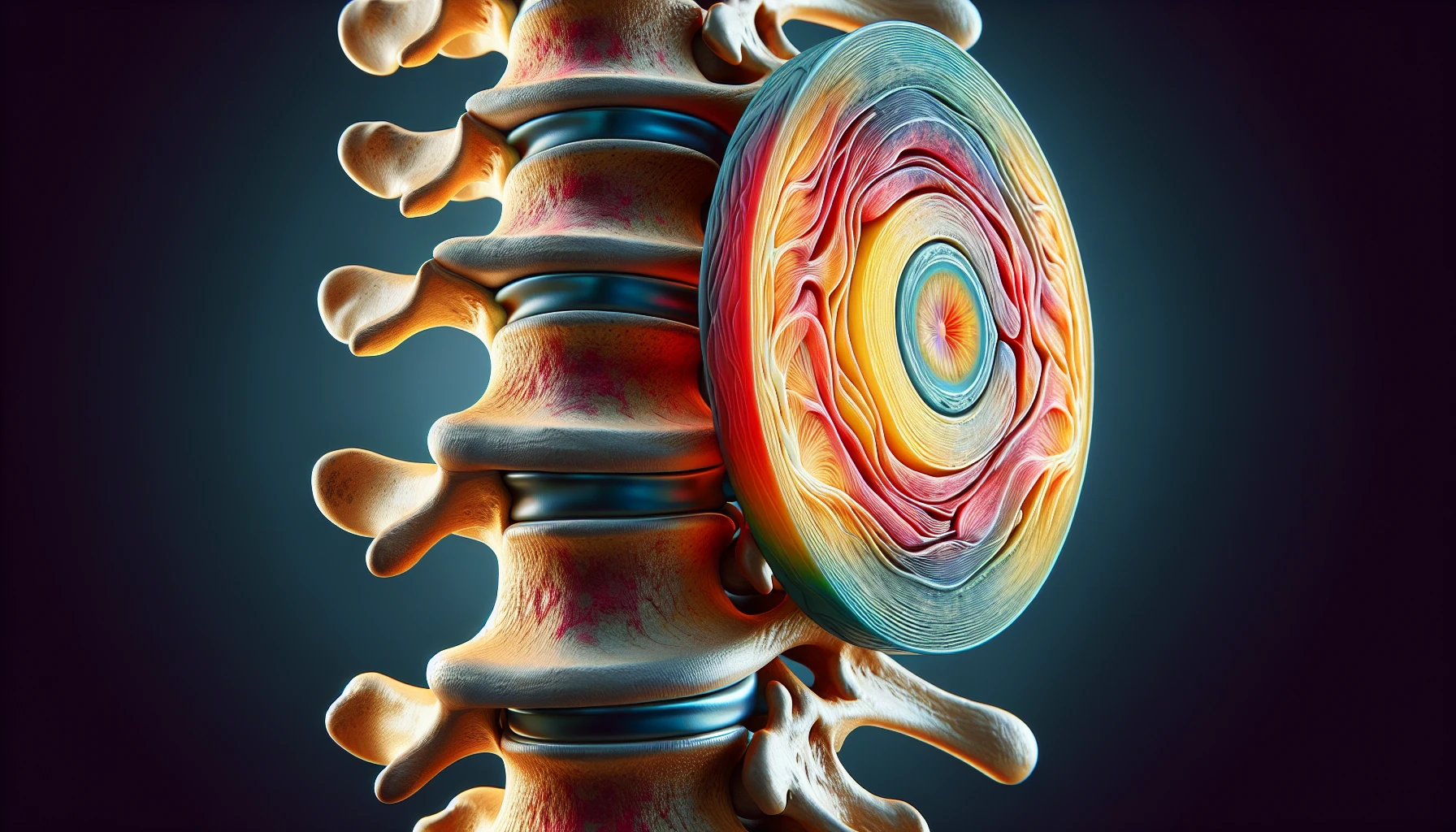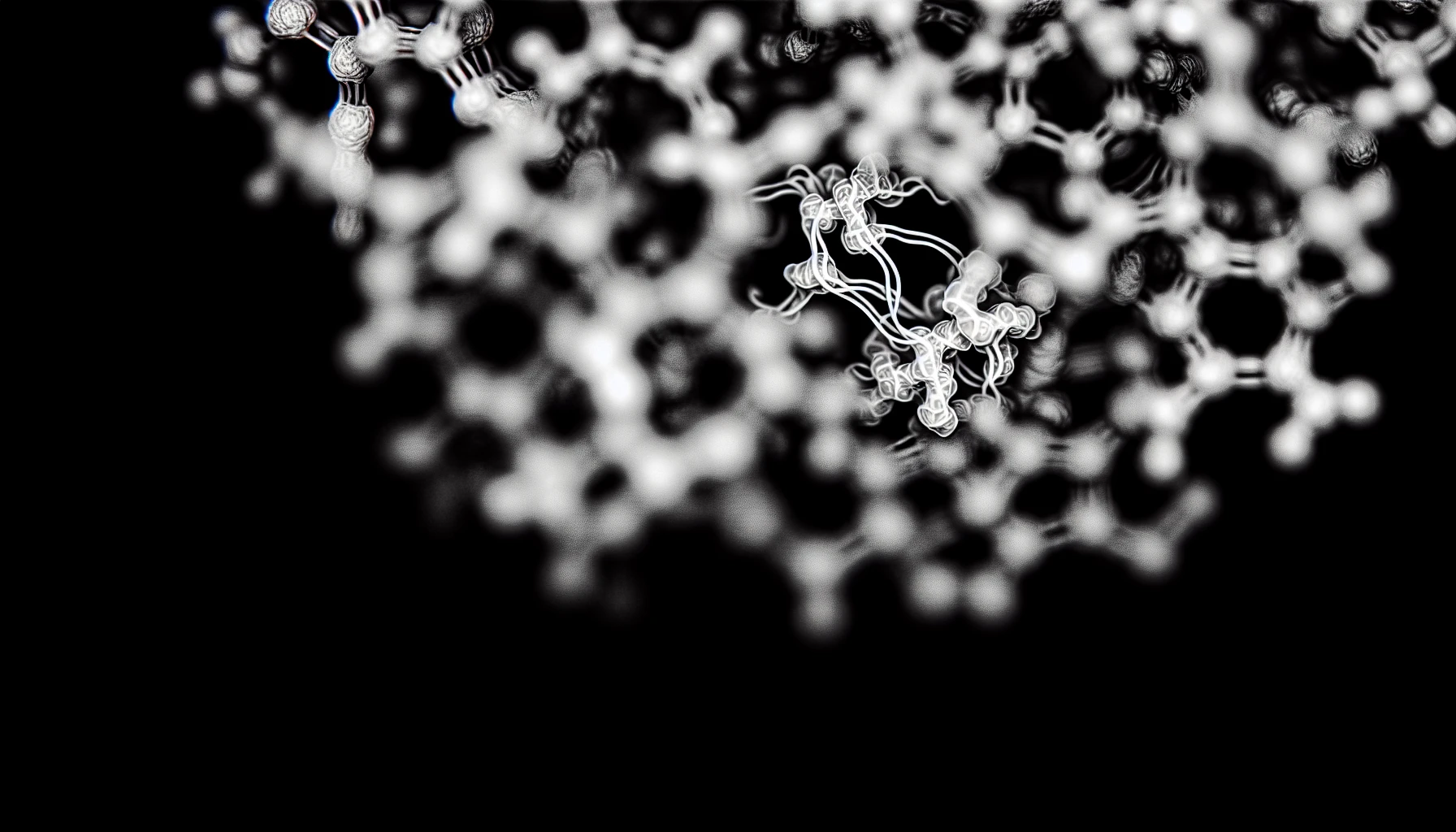Have you been suffering from chronic back pain and gone through all available treatment options, including spinal fusion surgery, without relief? DiscSeel® is an innovative solution that provides a non-surgical option for damaged disc tissue. This minimally invasive technique takes advantage of natural healing to help repair injured discs while giving lasting respite from persistent aches in your spine. By embracing this method, individuals may have renewed optimism toward attaining a life free from agonizing discomfort caused by their wounded vertebral structure!
DiscSeel® encourages patients with sore or weakened spinal structures to retake control and relinquish the long-term agony they’ve experienced due to their injury sustained on those discs. They are making it possible for them to gain freedom beyond any traditional approach taken so far, which had no success.
Key Takeaways
- Discseel® is a minimally invasive procedure that repairs damaged spinal discs and offers long-term pain relief.
- A comprehensive evaluation process determines if Discseel® therapy is the right option for chronic back pain sufferers who have not found relief through other treatments.
- Discseel® has a high success rate, immediate post-procedural care, physical therapy & rehabilitation, with potential long-term benefits to spinal health and mobility.
Understanding Discseel®: A Breakthrough for Damaged Spinal Discs

Damage to spinal discs can be the root cause of chronic back pain, and minimally invasive DiscSeel® is an innovative therapy designed to repair disc tissue itself. This FDA-approved biologic consisting of human blood seals the tears in a procedure that typically takes 30 minutes or less. Most patients have reported being able to walk within 24 hours afterward due to relief from their prior discomfort. In contrast to traditional spinal fusion treatments, which frequently require multiple operations along with a lengthy recovery period, DiscSeel® delivers long-term satisfaction by initiating immediate healing for damaged discs so individuals may live without daily worry about suffering again. As another option outside joint spinal fusions, this groundbreaking treatment presents those affected by severe distress related to their backs with new hope via practical help where it counts: at its source!
The Ideal Candidate for Discseel® Therapy
For those struggling with chronic back discomfort resulting from injured spinal discs, DiscSeel® therapy is an alternative solution to spine surgery and a reduction in the need for opioid pain relief. This approach promotes a more balanced life without aches and pains. It requires that one undergo an extensive analysis process, which involves evaluating the symptoms currently experienced and any past therapies they have undergone already. We ensure you are compatible with the criteria regarding the treatment qualification using DiscSeel®.
Assessment of Current Back Pain Symptoms
Assessing a patient’s current back pain symptoms is essential in determining the applicability of DiscSeel® treatment. Back or neck spasms, thigh and calf pains, and restricted mobility are common indicators of spinal disc damage that can be identified by tests such as annulograms and discography which ascertain annular tears at the level of discs. Self-reporting on intensity, location, and periodicity associated with their aches offers helpful information to clinicians, allowing them to make decisions concerning appropriate care options based on results from this evaluation process.
Prior Treatments and Their Outcomes
To effectively treat back pain, it is essential to assess the effectiveness of any previous treatments for spinal disc damage, which may include taking medications or undergoing physical therapy, microdiscectomy, and hyaluronic acid (HA) gel or collagen gel treatments, as well as receiving various types of injections into the spine. Network meta-analyses have found that minimally invasive procedures such as DiscSeel® are more efficient in relieving symptoms and providing better outcomes than conventional methods used before. Also, research has revealed that recurrence rates following surgical treatment vary between 5% – 18%.
Compatibility with Discseel® Criteria
People aged 18 to 70 with degenerative disc disease may be eligible for DiscSeel® therapy. Physicians evaluate the patient’s situation – including pain level, earlier treatments attempted, and potential risks/benefits of DiscSeel® treatment – before recommending this course of action on a case-by-case basis. While no age restriction is attached to its use, an in-depth consultation between doctor and patient will help determine if it’s right for them.
The Mechanics of Healing: How Discseel® Promotes Recovery

DiscSeel® uses the body’s natural healing powers to help individuals recover from chronic pain. It seals leaky discs with Fibrin, stimulating a regeneration response to restore spinal health and provide long-term relief. This approach helps promote overall well-being as it is designed for short-term results and encourages sustained spine wellness.
Elaboration can be made about each of these methods. How DiscSeel® seals leaks, promotes regrowth, and gives people peace of mind that their spines are healthy and from now on into the future – all provided in one treatment plan!
Sealing Leaky Discs with Fibrin
Fibrin, an FDA-approved biologic derived from human blood utilized in the DiscSeel® procedure, seals leaky spinal discs. By injecting this substance into the annulus fibrosus (the outer wall of a disc), it helps block tears and cut off any additional leaking of internal gel while decreasing inflammation surrounding nerves, thereby relieving pain and promoting healing and tissue regeneration for full recovery. Fibrin’s role in treating these delicate areas makes it highly effective for sealing vulnerable parts like those in one’s spine.
Stimulating Natural Regeneration
The Discseel® Procedure takes a holistic approach to healing, aiming to regenerate the spinal discs naturally. The treatment involves injecting cells into afflicted areas, which are then transformed into cartilage to reduce back pain and impede the Deterioration of disc tissue. This method is non-surgical and minimally invasive as opposed to other options, such as a spinal fusion that necessitates more extreme interventions with longer recovery times. The procedure gives those suffering from chronic pain the opportunity for relief without having to undertake drastic treatments like fusion surgery.
Long-term Effects on Spinal Health
The healing process of Discseel® starts right after the treatment, with new disc tissue generated by the body. Long-term results for spinal health are optimistic and suggest improvements in pain reduction and a better quality of life following 12 months. It is still essential to consider the potential adverse effects of this therapy, so people should consult their medical professional before making any decisions related to such a procedure.
Comparing Discseel® and Spinal Fusion: What Patients Should Know
Comparing the benefits and drawbacks of Discseel® and spinal fusion is essential when evaluating possible solutions for chronic back pain. Both treatments are designed to provide relief from discomfort and improve spinal wellness. Yet, they vary in terms of their strategies, success rates, potential risks associated with them, and mobility after procedure completion.
To analyze these elements, we have split this comparison into subsections that will give a detailed overview of both treatment methods, aiding those affected by back pain in deciding which approach best suits them.
Analyzing Success Rates and Patient Satisfaction
When comparing the two, Discseel® has a very successful rate of relieving back pain in 70% of patients who have previously undergone unsuccessful spinal treatments due to identifying disc leaks as the source of pain rather than bulges or herniations and treating symptoms related to these conditions accordingly. While with spinal fusion surgery, which involves performing multiple operations, long recovery periods often accompany it, along with an exceptionally high rate for failure rates. One must assess both options carefully before deciding between them, weighing factors such as procedures involved, and potential outcomes included.
Understanding the Risks and Limitations
Both Discseel® and spinal fusion involve potential hazards and limitations. Excessive bleeding is a possible consequence of the former, which may give rise to anemia or blood clots as complications. Invasive spinal fusions, on the other hand, bring with them risks such as nerve/blood vessel damage during surgery or bacterial infection due to instability caused by failed fusions. Following treatment via Discseel®, patients experience reduced mobility for three months until their discs fully heal. After this period, they should no longer be affected by flexibility restrictions. For those considering either option, consulting a healthcare professional can help weigh any pros and cons before deciding.
Evaluating Post-Procedure Mobility
When looking at Discseel® and spinal fusion, post-procedure mobility is a significant factor to consider. Speaking, recovering from disc replacement surgery enables a faster return to activity than spinal fusion. The expected range of motion may even exceed pre-surgery levels for certain people. It should be noted that outcomes may differ depending on each individual’s circumstances and the severity level of their condition.
On the other hand, those who go through spine fusions typically have more extended healing periods, which often translates into lessened movement. To an average patient after this operation, this makes it important for individuals considering either procedure (especially if they are having spinal fusion) to carefully weigh these elements against one another before making any decisions since testimonies coming directly from patients are valuable resources when contemplating such major surgeries like these two types mentioned above.
Life After Discseel®: Expectations and Reality

Following Discseel® treatment, there is an immediate need for post-procedural care and physical therapy that will lead to long-term relief from pain. Many patients report a positive change in their overall spine mobility, allowing them to enjoy living without discomfort.
The recovery process with such procedures offers excellent benefits. Improved quality of life and enduring effects against aches are commonly experienced outcomes reported by many users who have undergone this type of intervention.
Immediate Post-Procedural Care
Sticking to the healthcare provider’s instructions for pain management and care after undergoing a Discseel® procedure entails a walking aid the day after it and gradually increasing one’s activity levels. Bed rest should not be done since discs need motion to mend correctly via osmosis. Patients typically report slight discomfort before feeling better when dealing with side effects or soreness shortly after treatment. Therefore, avoiding opioid-based medications, if suggested by their doctor at this point, would be beneficial.
Physical Therapy and Rehabilitation
Physical therapy plays a vital role in the rehabilitation process following Discseel® treatment. Your physician or physical therapist can help you choose suitable exercises to ease discomfort and strengthen muscles around your spine, such as swimming, partial crunches, press-up back movements, and cervical retraction. They will also provide important advice about activities that must be avoided during recovery for an effective recuperation period with no risk of injury.
Longevity of Pain Relief and Quality of Life Improvements
The effects of Discseel® treatment on pain and quality of life have been established in studies, with clear improvements seen when comparing the baseline to data collected at three months, six months, and one year after. This data suggests that there is potential for long-term benefits from this procedure.
Each person’s experience may differ due to their circumstances or condition. The overall conclusion regarding reduced levels of suffering and an enhanced lifestyle following a DiscSeel procedure appears positive.
Financial Considerations: Investing in Your Spine’s Future
When weighing the potential costs of treatments, investing in your spine’s well-being with Discseel® is an option that could bring significant financial rewards. This procedure can cost up to 25% less than a spinal fusion surgery or similar alternatives, and it offers long-term benefits such as reduced pain, improved health, and enhanced quality of life. Even though most insurance companies don’t cover the procedure, many patients consider this treatment valuable enough for their investment.
Summary
For those suffering from chronic back pain, Discseel® is a cutting-edge treatment option that provides minimally invasive relief compared to traditional spinal fusion surgery. This innovative procedure seals leaky discs with Fibrin and initiates natural spine regeneration for improved health benefits and long-lasting relief. With its high success rate and minimal risks or limitations, it has a high success rate. To other treatments, it could be just what you need for ultimate recovery from your discomfort.
When deciding how to handle persistent aches-related back problems, keep Discseel® at the top of your mind, mainly because this breakthrough solution boosts post-procedural mobility while allowing you to enjoy life free from anguish over time!
Frequently Asked Questions
Does the Discseel really work?
The Discseel® Procedure has been successful for 70% of people suffering from back pain, even in cases where other spinal treatments have not worked. This procedure appears to be an effective solution for relieving such discomfort permanently.
What is Discseel procedure?
The DiscSeel® Procedure is a minimal-invasive treatment method that the FDA approves, designed to tackle chronic back pain resulting from damaged or torn spinal discs. Fibrin is a 100% natural biologic injected into the disc to close any tears and ultimately spur healing within these strained areas.
How long does the discseel procedure last?
The DiscSeel Procedure usually requires about 40 minutes, and the recovery of your spinal discs takes 3-6 months.
Does insurance cover Discseel procedure?
The DiscSeel® Procedure, which costs substantially less than a spinal fusion (under 25%), is not presently accepted by insurance providers.
What is the primary component used in the Discseel® procedure?
The DiscSeel® procedure uses a biologic approved by the FDA, named Fibrin, which is effective and secure.


Comments
[…] lifestyle changes, psychological assistance, and ingenious non-surgical interventions like the DiscSeel Procedure can use a much more sustainable and extensive method of discomfort […]
Its such as you read my thoughts! You appear to grasp a lot about this,
like you wrote the book in it or something. I think that you simply could do with a few p.c.
to drive the message house a bit, but other than that,
that is great blog. A fantastic read. I will definitely be
back.
Valuable info. Lucky me I discovered your website unintentionally, and I am stunned why this accident
didn’t happened earlier! I bookmarked it.